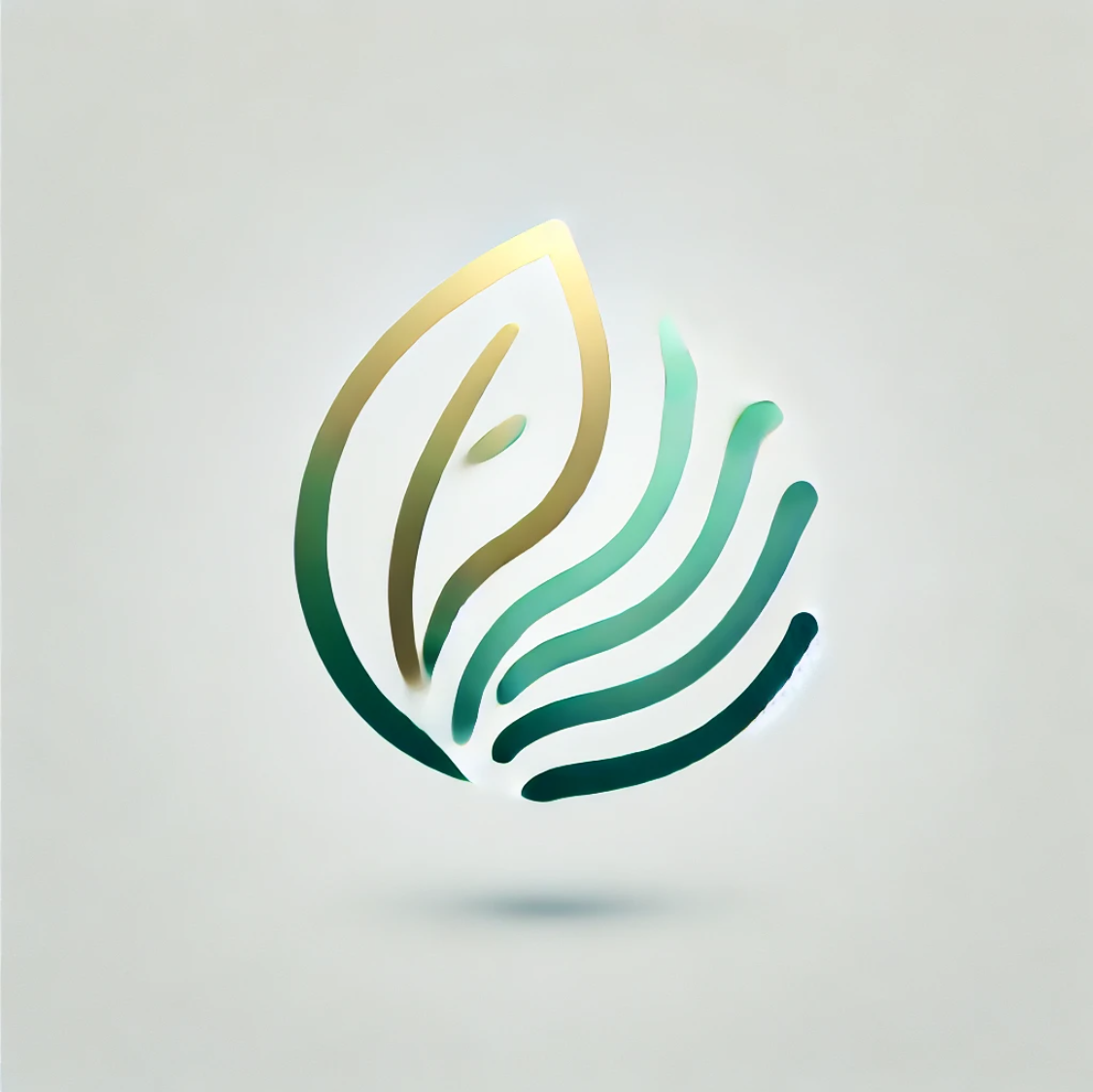
What if the key to a successful, fluttering garden is entirely independent of luck, but more about possessing the correct plants? The truth is, all flowers aren’t equal when it comes to feeding butterflies. Yes, most flowers are definitely gorgeous to behold, but the majority of flowers don’t actually provide these flying beauties with food throughout their lifespan. If you’re happy for your garden to be merely a resting place for butterflies and not so much a hub of activity for the lovely things then it’s time to turn your planting strategy around. From host plants brought by caterpillars that fill up ravenous larvae with fuel to nectar flowers sheltering adults coming back day after day, with the right mix, your garden can become a butterfly heaven. To do so, have a try with these easy tips. Here’s what you do know and the plants that will have to go on your shopping list.

1. Milkweed: The Monarch Magnet
Milkweed is not a mere wildflower monarchs’ salvation. Monarch caterpillars munch only milkweed leaves, so the plant is crucial to their survival. For Garden Design enthusiasts, milkweed is also one of the more desirable nectar flowers for adult monarchs and the first visit of swallowtails, fritillaries, and admirals. Native milkweeds such as butterfly weed, swamp milkweed, or common milkweed are helpful to monarchs but bring a line of other pollinators as well. And the icing on the cake: Milkweed’s gorgeous blooms add a splash of color that will be breathtaking all summer long. Beginning with milkweed makes it simple for monarchs to search for assistance.
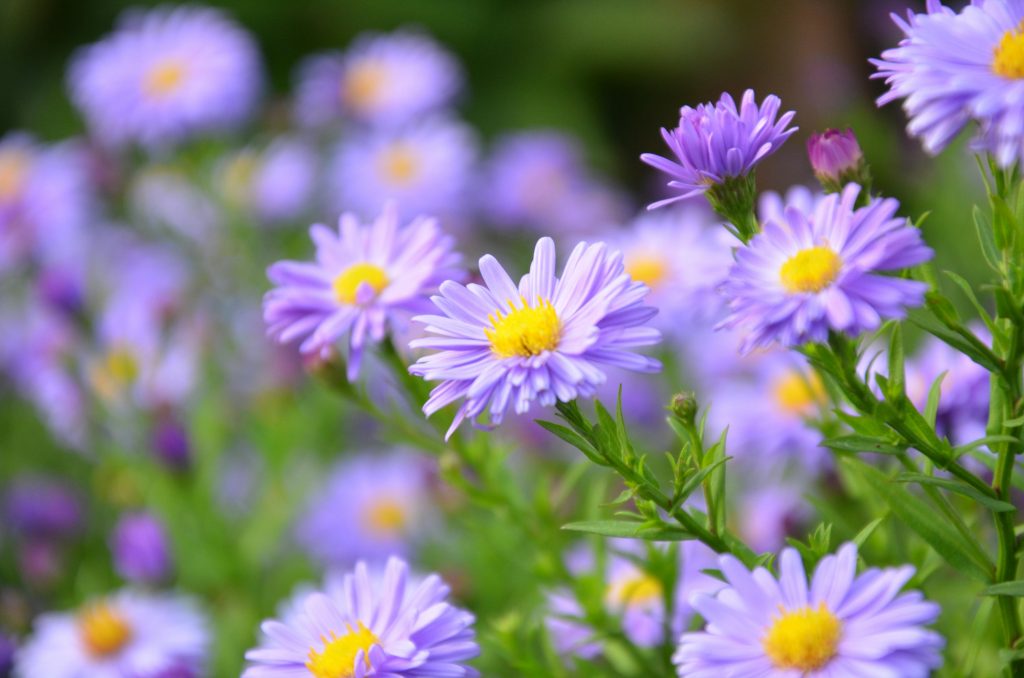
2. Asters: Summer Saviors That Bloom Late
While other flowers slow down, asters rev up. Asters are daisy flowers that flower in late autumn and early fall, and asters are a butterfly nectar plant to sustain life to those who travel through. Asters are especially loved by painted ladies and monarchs, giving adults nectar and leaves to caterpillars. With the pink, blue, purple, and white flowers, asters maintain color in your garden after flowering time of other flowers. Their longevity, coupled with their sunny disposition, puts them on every gardener’s “must-have” list for anyone who is willing to take the butterfly season through to first frost. Asters can be the finale of your garden the butterfly goodbye tour before winter.
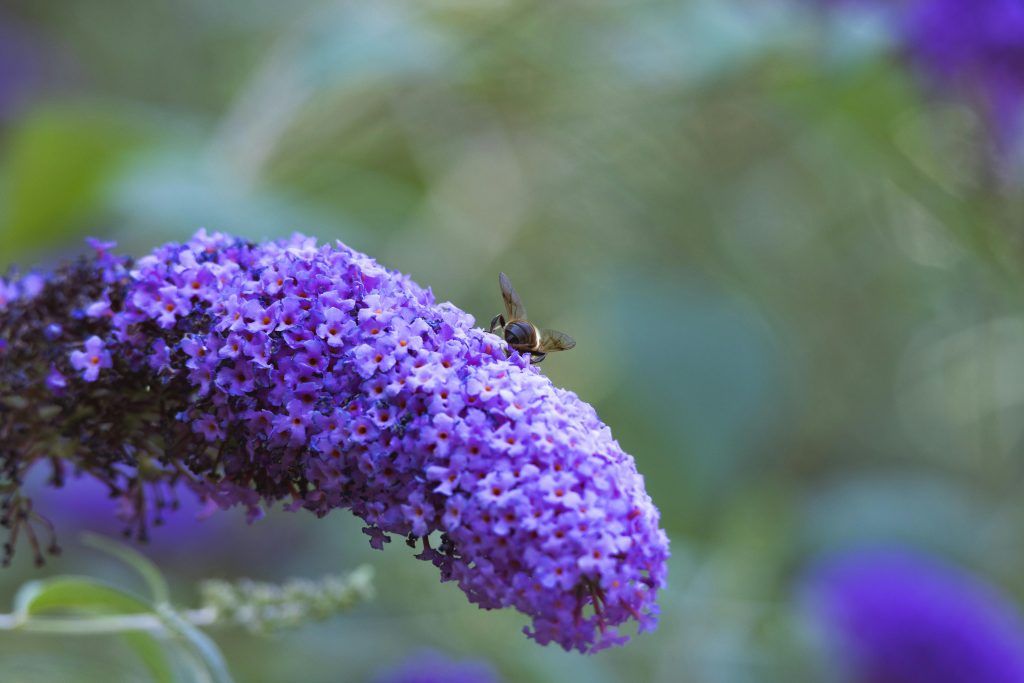
3. Butterfly Bush: Pollinator Party Central
Few flowers live up as much as their name as does the butterfly bush. Its strongly aromatic, cone-like flowering clusters in a range of colors from red to purple to orange, this shrub is inviting swallowtails, painted ladies, and the rest. Butterfly bush is a spreading horticultural phenomenon with gardeners who would like to attract a variety of species from mid-summer through early fall. But remember that while butterfly bush is a nectar giant, it takes up no space for caterpillar coming-of-age so don’t rely on it as a sole pollinator plant. It’s invasive everywhere else, so grow non-seeding or native varieties if you must. But if you want the familiar torrent of butterfly activity, the butterfly bush is a eye candy.

4. Bee Balm: Scents and Sensibilities
Wild bergamot or bee balm is one of pollinators’ best friends and for good reason. It grows bountiful red, pink, or purple flowers packed with nectar and beauty for butterflies, bees, and hummingbirds as well. Bee balm is also a host plant for caterpillars, so it’s a two-for-one for your butterfly garden. This easy-to-grow perennial thrives in sunny spots and offers a minty fragrance that’s as appealing to people as it is to pollinators. As an added bonus, bee balm is edible try it in salads or as a tea. With bee balm, you’re not just feeding butterflies you’re feeding your senses.
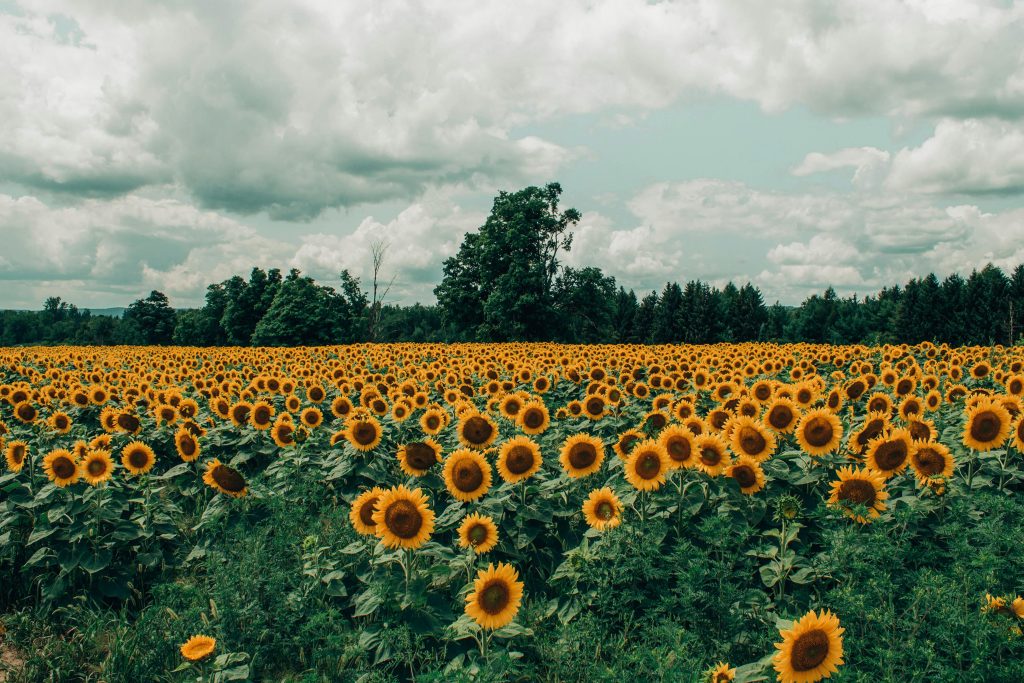
5. Sunflowers: The Ultimate Pollinator Buffet
Sunflowers aren’t just for birds and Instagram photos they’re a butterfly magnet, too. Their tall stalks and huge blooms provide a nectar crop to dozens of species of butterflies, including monarchs, checkerspots, and swallowtails. Sunflowers even function as a host plant for caterpillars, providing green leaves to munch on for voracious larvae. Sunflowers come in sizes from small to skyscraper height, so there’s one to fit into every position in your garden. And their cheerful nature puts your garden in a cheerful mood and good health all summer long. Sunflowers are the butterfly jack-of-all-flowers adorable, practical, and can’t-be-helped by pollinators.

6. Goldenrod: End-of-Season Nectar Source
The yellow spikes of goldenrod aren’t just unsightly to look at both of them and the rest of the plant are a critical source of end-of-season nectar for butterflies. Goldenrod is a traditional monarch magnet, as well as for painted lady, viceroy, and red admiral. It’s therefore a sure bet for any fall pollinator garden, says Lawn Love. This perennial crop prospers in meadows, highways, and neighborhood landscapes, offering vigor and dryness resilience. New smaller, non-spreading varieties like ‘Fireworks’ put it ever closer to perfection. Goldenrod makes your garden a butterfly heaven through the entire fall season.
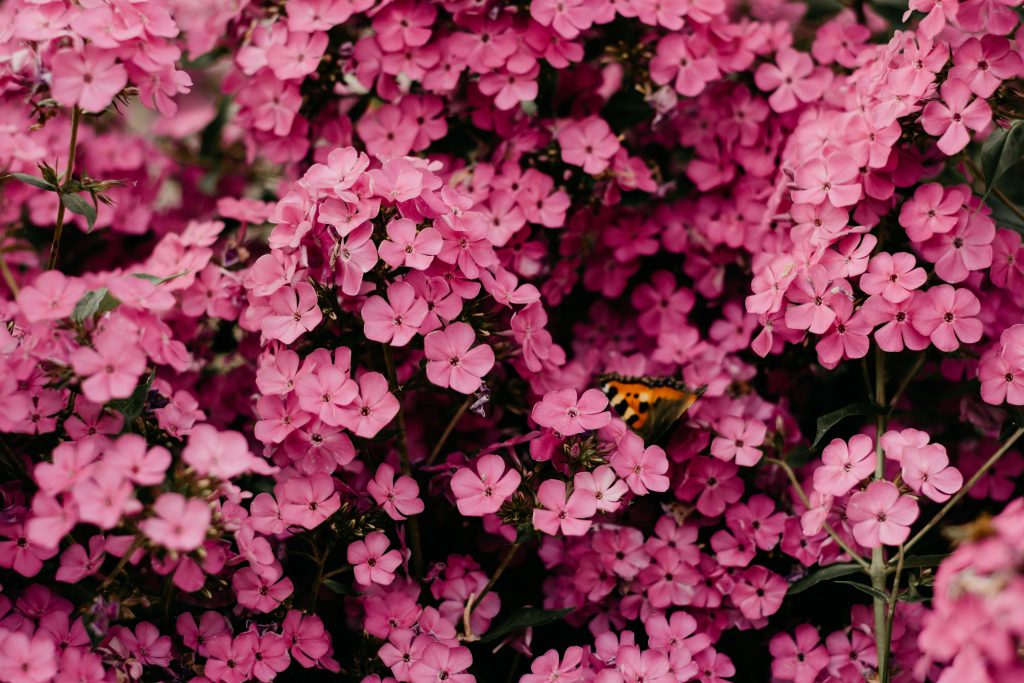
7. Phlox: Scents of Clusters Any Time of the Year
Phlox is a pot of gold’s worth in color and disposition, from low-spreading ground cover to border blooms of great stature. Its tiny starry clusters of blooms are an easy bet you can’t lose when it comes to butterfly nectar. Phlox blooms for months, showering your garden with flowers and fragrance. It is easy to grow and does well under full sun or part shade. If you want a two-for-one plant beautiful to behold and pleasant for pollinators phlox is close to the top of the list.
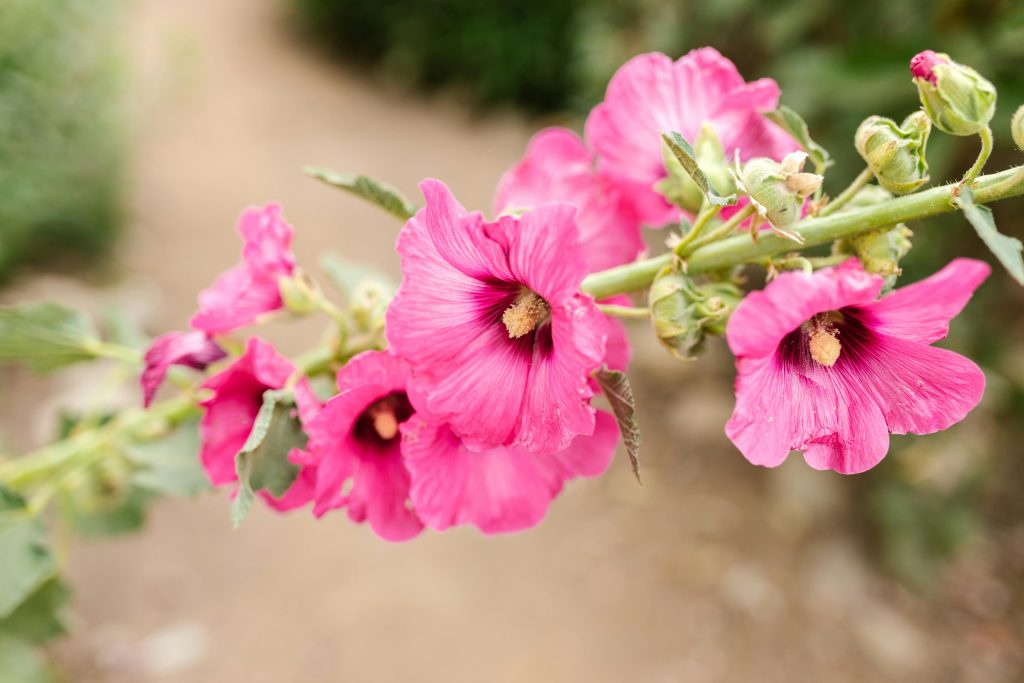
8. Hollyhock: Timeless Elegance With A Mission
Hollyhocks are not just some outdated something-they’re an adult host plant, exhibition bloom, and nectar bloom. Spiky towering heights and multicolored blooms create a melodramatic stage in cottage gardens, but foliage is food for caterpillars. Hollyhocks provide the butterfly with everything it requires to survive, so they’re a pollinator superfood. Plant them in full sun and provide space for them to stretch to an amazing eight feet tall. It’s hard to beat hollyhocks for an old-fashioned, butterfly-drawing garden.
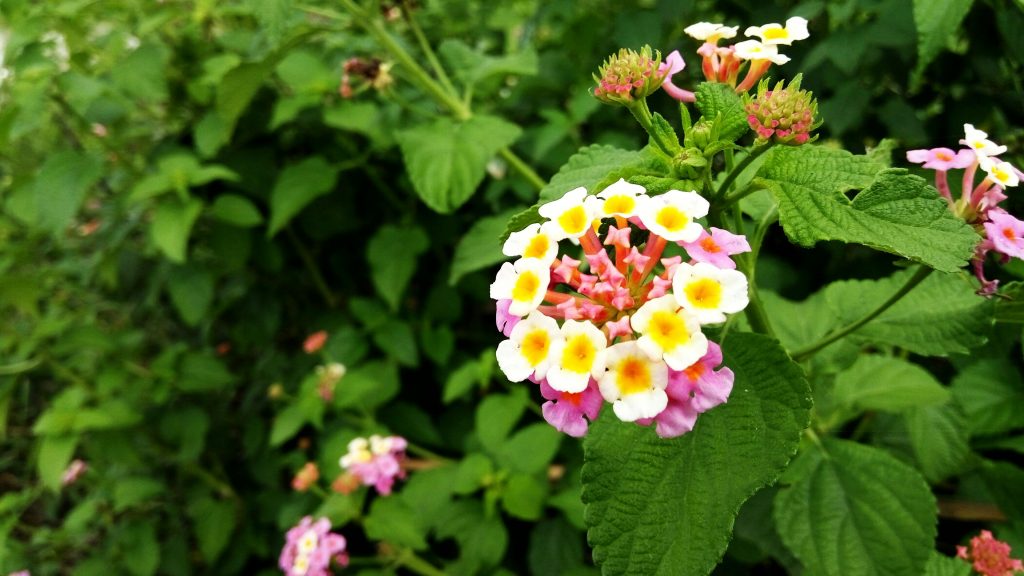
9. Lantana: Diverse and Ongoing Blooms
Shrub verbena or lantana is another butterfly draw because it blooms throughout the year and in every color of the rainbow. Swallowtails, monarchs, and skippers especially love lantana, which flowers from spring through frost. It produces tiny but profuse flowers packed with nectar that makes an excellent food source in the absence of other flowers. Lantana thrives in hot sun and heat and can withstand drying out, making it an ideal low-maintenance choice for busy gardeners.
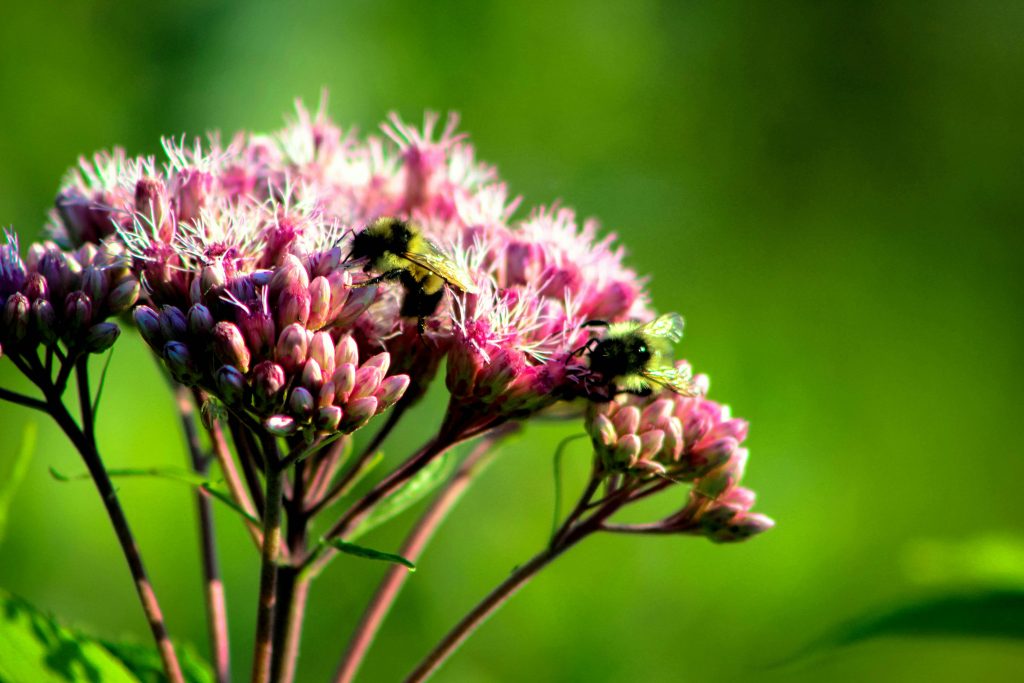
10. Joe-Pye Weed: Swallowtail and Towering Beauty
Joe-Pye weed is a late-blooming perennial that throws long shadows across much of the garden, its pale pink or purple clusters of flowers. It’s most lovely to large butterflies like swallowtails and is an important nectar source for migrating monarchs. Joe-Pye weed thrives in moist situations and will turn a soggy spot on your garden into a butterfly garden. Its small size and thick leafiness also protect it and provide perches for pollinators.
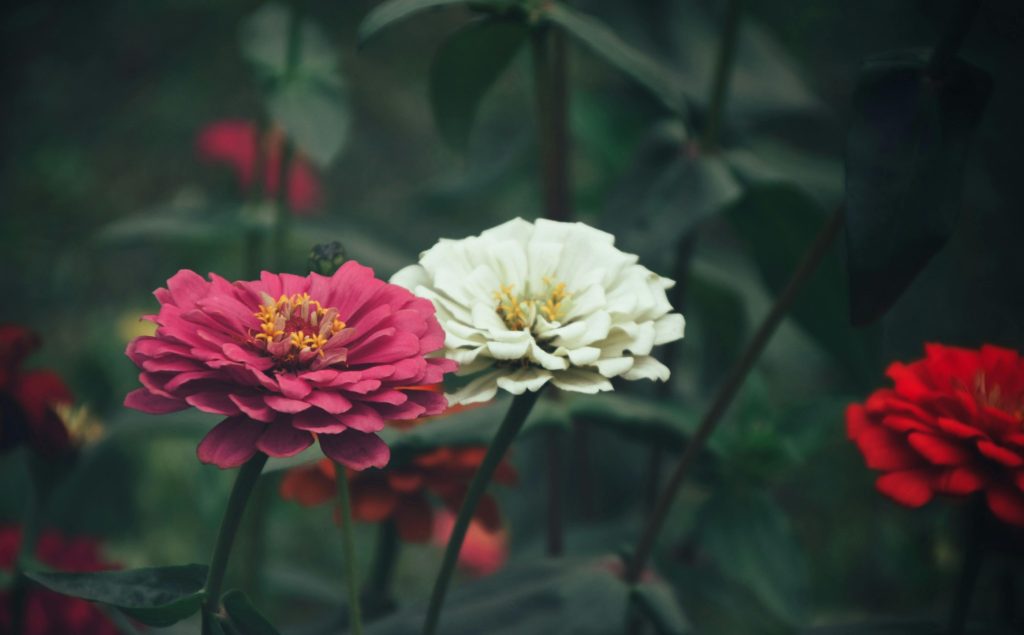
11. Zinnia: Painted, Simple, and Butterfly-Proof
Zinnias are the dependable old reliable low-maintenance, big-reward annual of butterfly gardens. They burst into flower with hot, tropical-hued blooms that encircle a continuous ring of butterflies and bees, and just keep on going from summer to frost. Zinnias are perfect for borders, containers, or kitchen gardens and cut stunningly for arrangements. For a quick flash of color and pollinator drama, zinnias are the ticket.
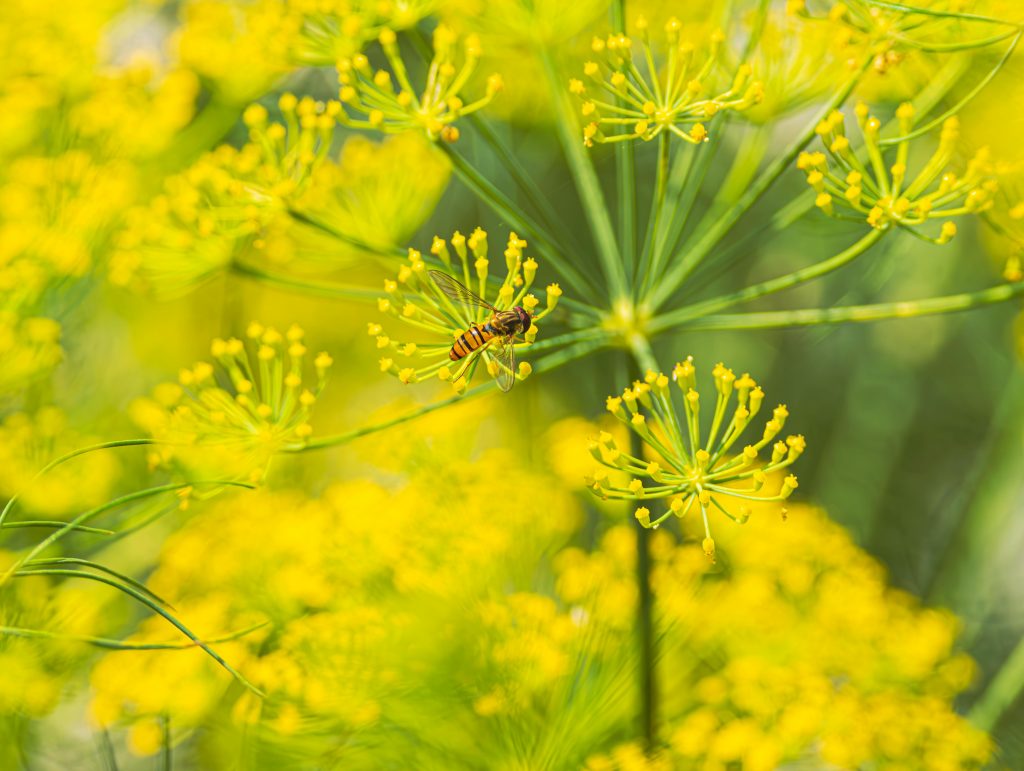
12. Dill and Fennel: Herb Garden Heroes
Don’t let your herb bed freeze dill and fennel are well worth being host plants for swallowtails. Delicate leaves are a caterpillar smorgasbord, and pale yellow flowers are eaten by adults. Black and green caterpillars munch anise swallowtail’s fennel hosts, to which they oviposit. Allow some of your herbs to bolt and bloom for the largest butterfly bang for your buck.
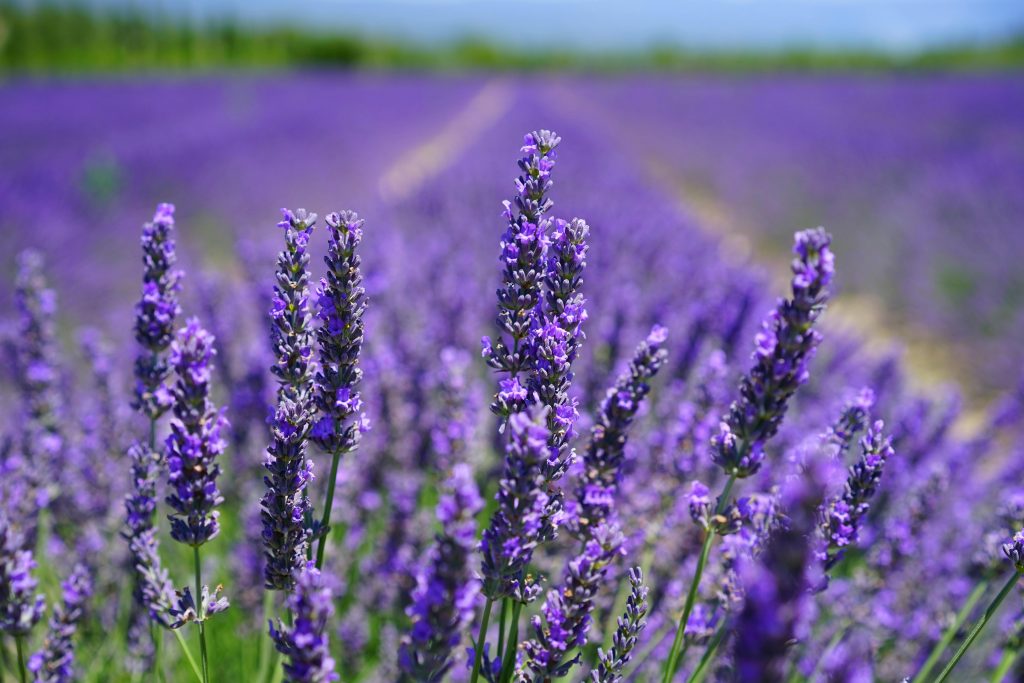
13. Lavender: Scent and Pollinator Value
Lavender’s delicate gray-green leaves and purple spike flowers are a delight to the eye and to butterflies, too. The low-maintenance perennial is a pollinator’s dream come true, blooming late spring to midsummer. Deer-resistant, heat-tolerant, and drought-tolerant, lavender is an easy plant to cultivate and a pared-down, functional option for any butterfly garden. And the flowers can be used in sachets, tea, and pastries.
Raising a butterfly garden is more a question of providing the entire life cycle of these glorious bugs with food you add host flowers, as nectar flowers, and you’ll make your garden a lively, busy garden that buzzes with excitement in spring and fall. And when you sit to watch butterflies dance from flower to flower, you’ll appreciate the effect of your garden one wingbeat at a time.

